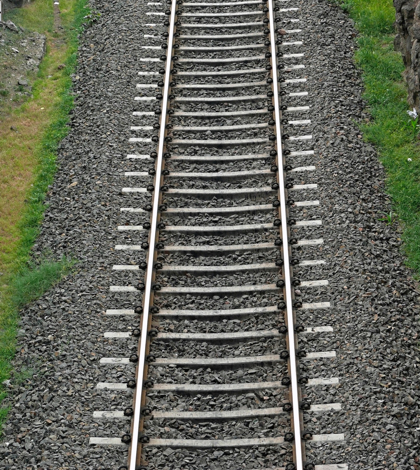By Inland Empire Transit Alliance
Supporters of the Redlands Rail Project will say, “I love riding the train” or “it sure is fun to ride the train”. The Inland Empire Transit Alliance (IETA) members like riding trains also, but our infatuation for the Redlands Rail Project ends at the Santa Fe Station in San Bernardino. Here are the reasons why:
San Bernardino Associated Governments (SANBAG), the managing government agency for the Redlands Rail Project claims that the 9 mile connection will cost $242 million. Not so! IETA’s calculation puts the cost much higher. Not included in this $242 million is the cost of the first mile of track at $104 million, then there is the cost of the Environmental Impact Report at $9 million, plus the loan payment on the $77 million loan against future Measure I sales tax receipts adds an additional $77 million, and then there is the $6.8 million to acquire property along the right of way. Add all this up and the cost comes to $438,800,000 or over $43 million per mile.
SANBAG reports that it will cost $8 million per year to operate the Redlands Branch. If the estimated ridership is 820/day at a ticket cost of $12 per rider the train loses in excess of $4 million per year to be paid by the taxpayer every year far into the future, if not indefinitely.
Then there is the ground traffic congestion that will be caused at 11 street crossings by 25 round trips per day by the train. That is 550 train crossings (no, not a misprint) each and every day through the City of Redlands. Traffic at Orange, Alabama and Tennessee is already heavy without the train. Then there is the issue of the safety of cars, bike riders and pedestrians.
Next, consider the noise and vibration caused by 25 round trips per day by the trains and the 550 street crossings. SANBAG’s 700 page Environmental Impact Report includes all manner of sound and noise mitigation measures. This is all well and good but how are the 12 foot high sound barrier walls going to integrate architecturally and visually with the downtown historical district? Then there is the inevitable graffiti that seems to always line the right of way (METROLIINK is case in point). Who is going to keep these walls clean and at what cost?
What about the issue of high density housing? The Redlands Rail needs high population density to justify its existence. To achieve this goal apartments must be built in close proximity to the tracks. And, included with these developments will be the mandated low cost housing. What will this concentration of housing and people do to the schools, water usage, crime rates and the ambiance of the historical downtown? What will be the additional cost to police for this population explosion?
Since the underutilized OMNI Trans bus system is already in place, who will be served by the commuter train that cannot be served by the bus system? The train is a fixed route while the bus route is flexible and can be quickly adapted to ever changing ridership needs. SANBAG claims that the bus takes 60 minutes to travel from Redlands to San Bernardino. This is hard to believe when the driving time from the San Bernardino Station to the old Santa Fe Station in downtown Redlands is 13 minutes. Why not a dedicated express bus route from Redlands to San Bernardino instead of an expensive and disruptive train?
In conclusion, IETA believes that the Redlands Rail Project is not in the best interest of the vast majority of the citizens of Redlands. If you believe as we do, contact your Redlands City Council and voice your opinion.
 IE Business Daily Business news for the Inland Empire.
IE Business Daily Business news for the Inland Empire.


